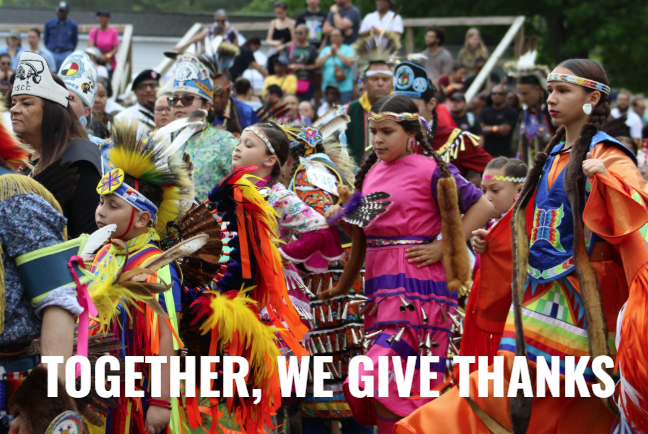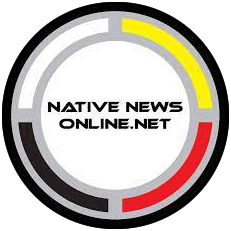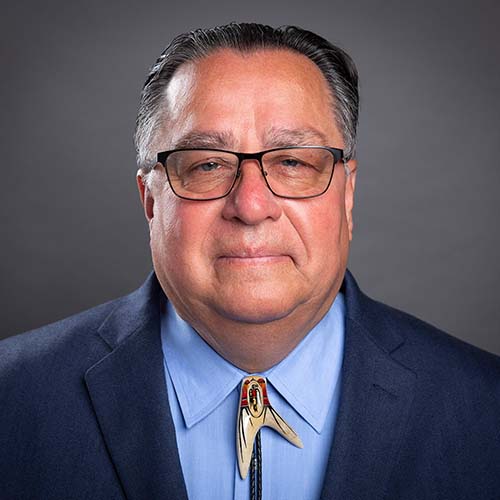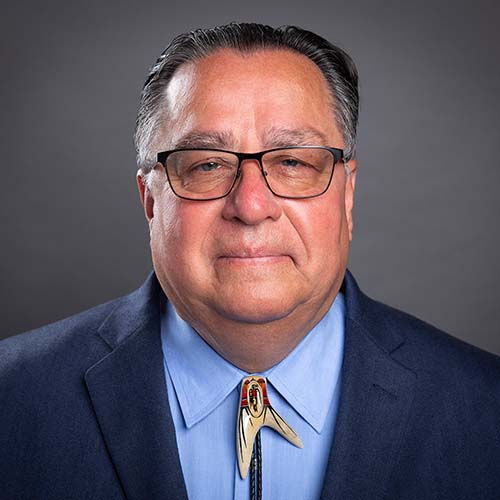
- Details
- By Levi Rickert
The story of the Pilgrims and the Wampanoag sharing a peaceful feast in 1621 has been repeated in classrooms and popular culture for centuries. But the full story of that first Thanksgiving is far more complex than the simplified tale most Americans were taught.
The Wampanoag, led by Chief Massasoit, helped the struggling colonists survive their first winter. In the years that followed, European settlers brought disease, displacement, and violence. Treaties were broken, lands were taken, and Native populations were decimated.
For many Indigenous communities, Thanksgiving is not just a holiday—it is also a time of reflection. Within Native cultures, there is a long-standing tradition of giving thanks to the Creator for the blessings bestowed upon tribal communities. Hunters traditionally laid down séma—tobacco—to honor the life of the animal taken in order to provide sustenance for families and the larger community.
Thanksgiving can be complicated for some Native Americans, but it is still a time for family, community, and gratitude. Many gather with loved ones to give thanks, celebrate resilience, and pass traditions to the next generation.
At Native News Online, we also take this opportunity to thank our readers for their ongoing support and for the donations that help sustain our reporting. Have a bleassed holiday season.
 Make A Donation Here
Make A Donation Here
More Stories Like This
Native News Weekly (August 25, 2024): D.C. BriefsUS Presidents in Their Own Words Concerning American Indians
Montana County Redraws District After Settlement to Ensure Chippewa Cree Votes Count
Tunica-Biloxi Council Member Named to Tribal Leadership Foundation
Ethics Complaint Alleges Former Navajo Nation Chief of Staff Accepted Gifts From Contractor
Help us defend tribal sovereignty.
At Native News Online, our mission is rooted in telling the stories that strengthen sovereignty and uplift Indigenous voices — not just at year’s end, but every single day.
Because of your generosity last year, we were able to keep our reporters on the ground in tribal communities, at national gatherings and in the halls of Congress — covering the issues that matter most to Indian Country: sovereignty, culture, education, health and economic opportunity.
That support sustained us through a tough year in 2025. Now, as we look to the year ahead, we need your help right now to ensure warrior journalism remains strong — reporting that defends tribal sovereignty, amplifies Native truth, and holds power accountable.
 The stakes couldn't be higher. Your support keeps Native voices heard, Native stories told and Native sovereignty defended.
The stakes couldn't be higher. Your support keeps Native voices heard, Native stories told and Native sovereignty defended.
Stand with Warrior Journalism today.
Levi Rickert (Potawatomi), Editor & Publisher

